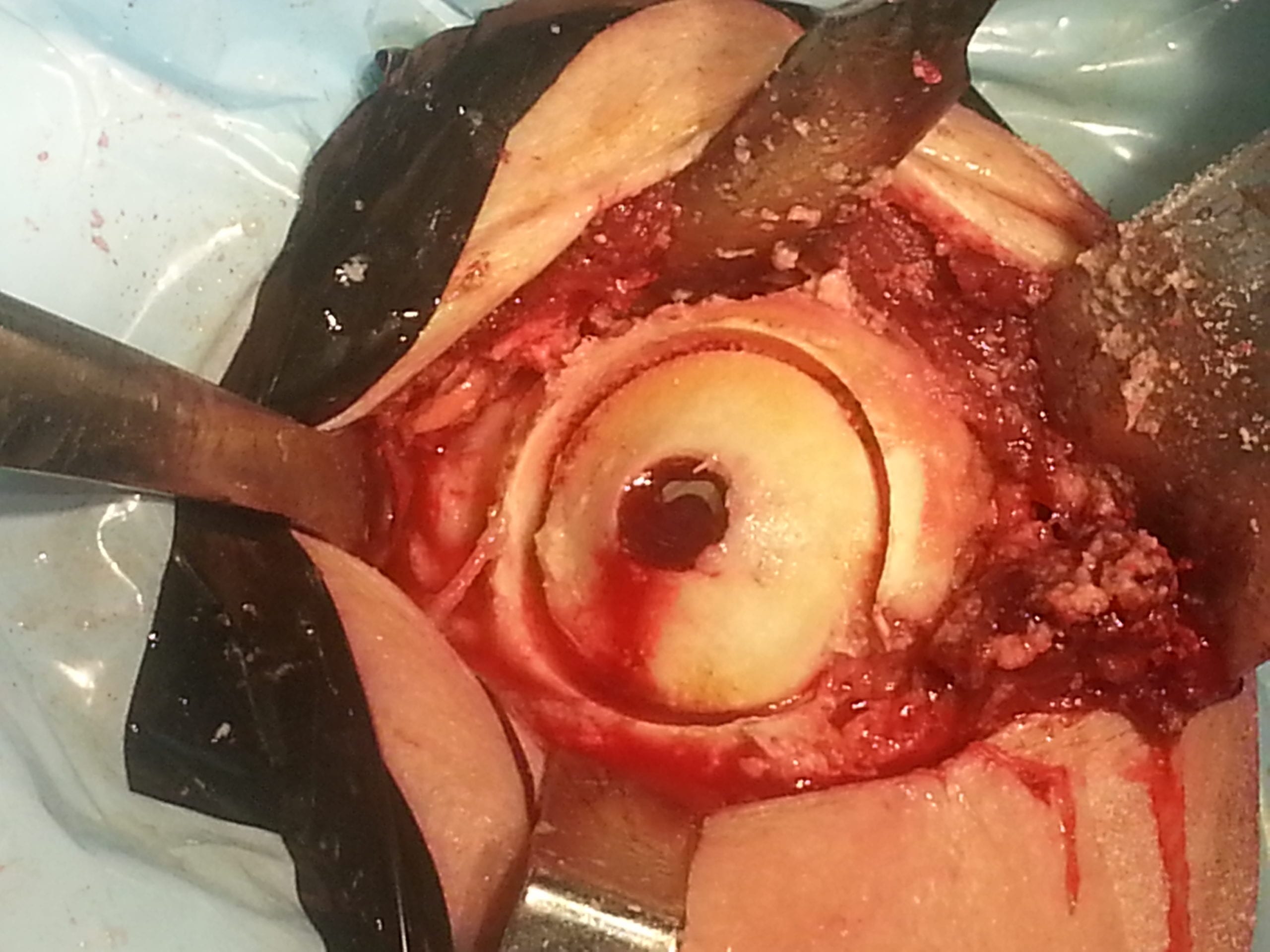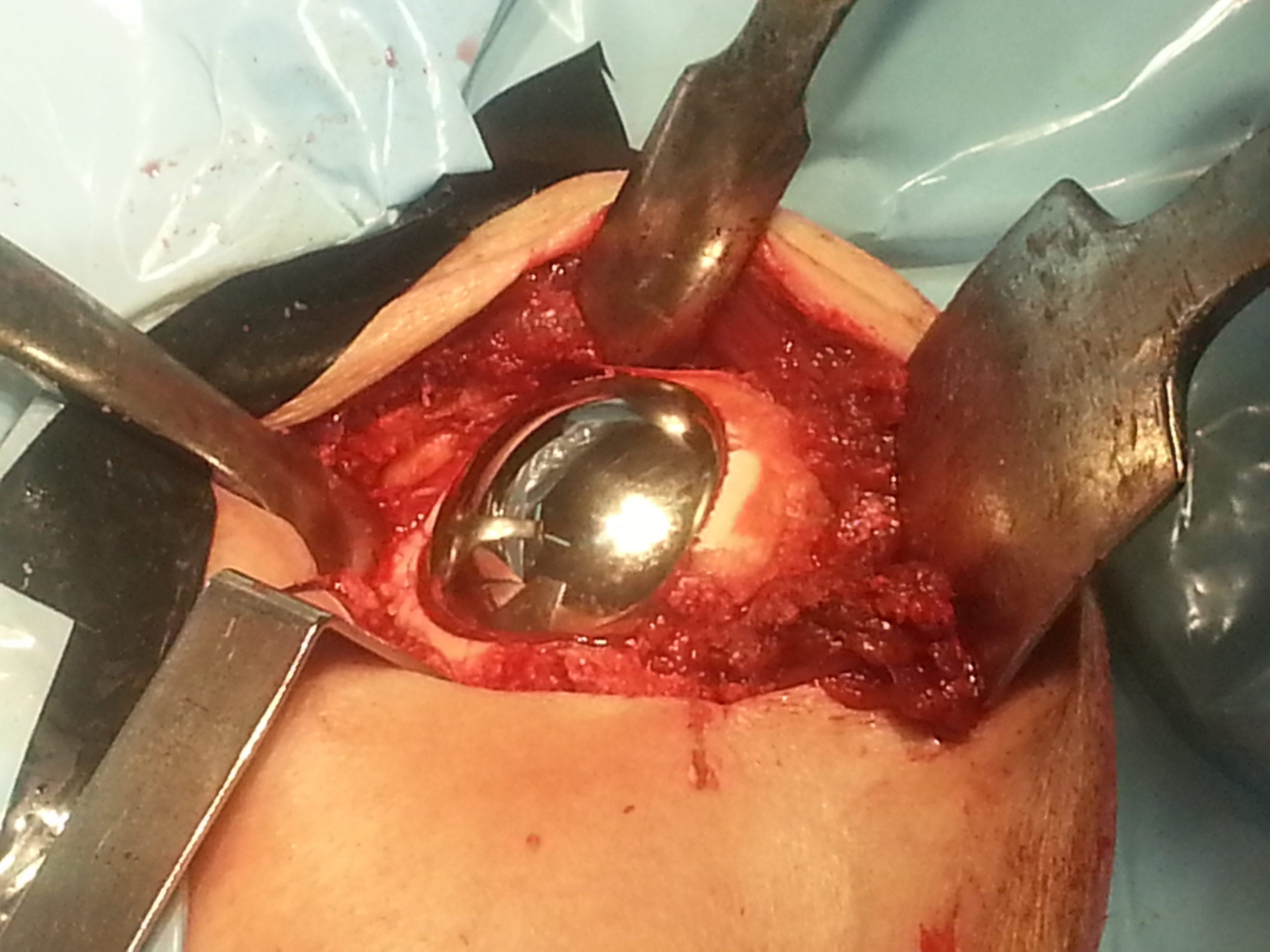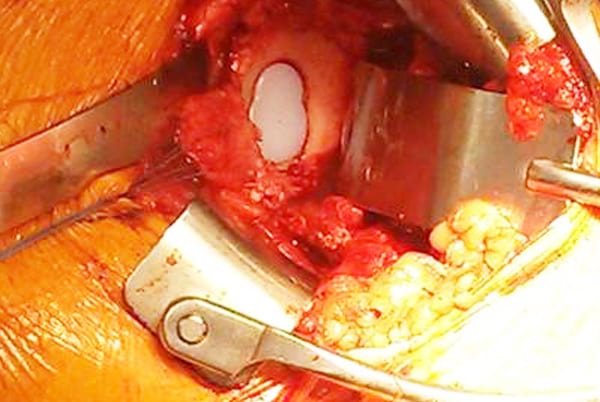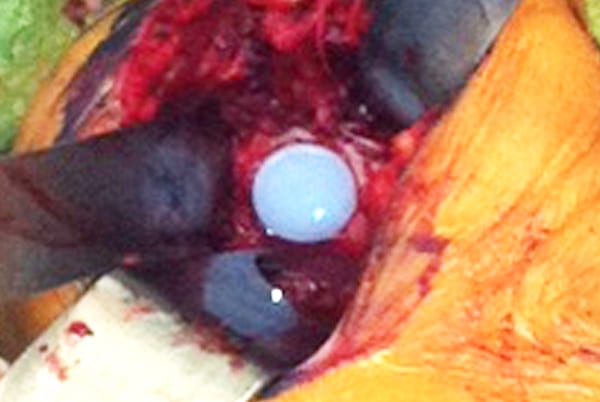Shoulder HemiCAP System
Shoulder HemiCAP System
The Shoulder HemiCAP® Systems restore the articular surface geometry of the humeral head and preserve all of the surrounding structures using an innovative 3-dimensional mapping system and a contoured articular resurfacing implant. The HemiCAP® Shoulder and HemiCAP® OVO systems are approved for use in the US and most European markets for the treatment of articular cartilage defects in the shoulder as well as the gleniod.
HemiCAP® Shoulder & OVO Features
- Proven peer reviewed published data
- 43 anatomically matched humeral implant convexities & 4 inlay glenoid options
- The ovoid shape of the HemiCAP OVO® matches humeral head geometry
- Bone and tissue sparing preserves future primary arthroplasty – “No Bridges Burned”
- Focal & total resurfacing to treat a variety of humeral surface pathology
_________________________________________________________________________
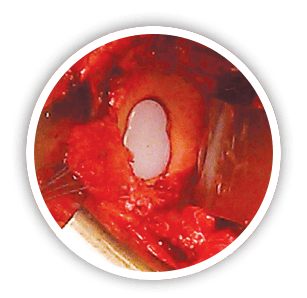 Inlay Glenoid Features
Inlay Glenoid Features
- An off the shelf, sterile disposable surgical kit
- Partial or Full inlay glenoid virtually eliminates overstuffing
- Glenoid bone preservation permits future onlay options
- Inlay design is stable and anatomic to avoid loosening
- Off-axis preparation of the glenoid socket avoids head removal
[/toggle] [toggle title_open=”Surgical Technique” title_closed=”Surgical Technique” hide=”yes” border=”no” style=”default” excerpt_length=”0″ read_more_text=”Read More” read_less_text=”Read Less” include_excerpt_html=”no”] 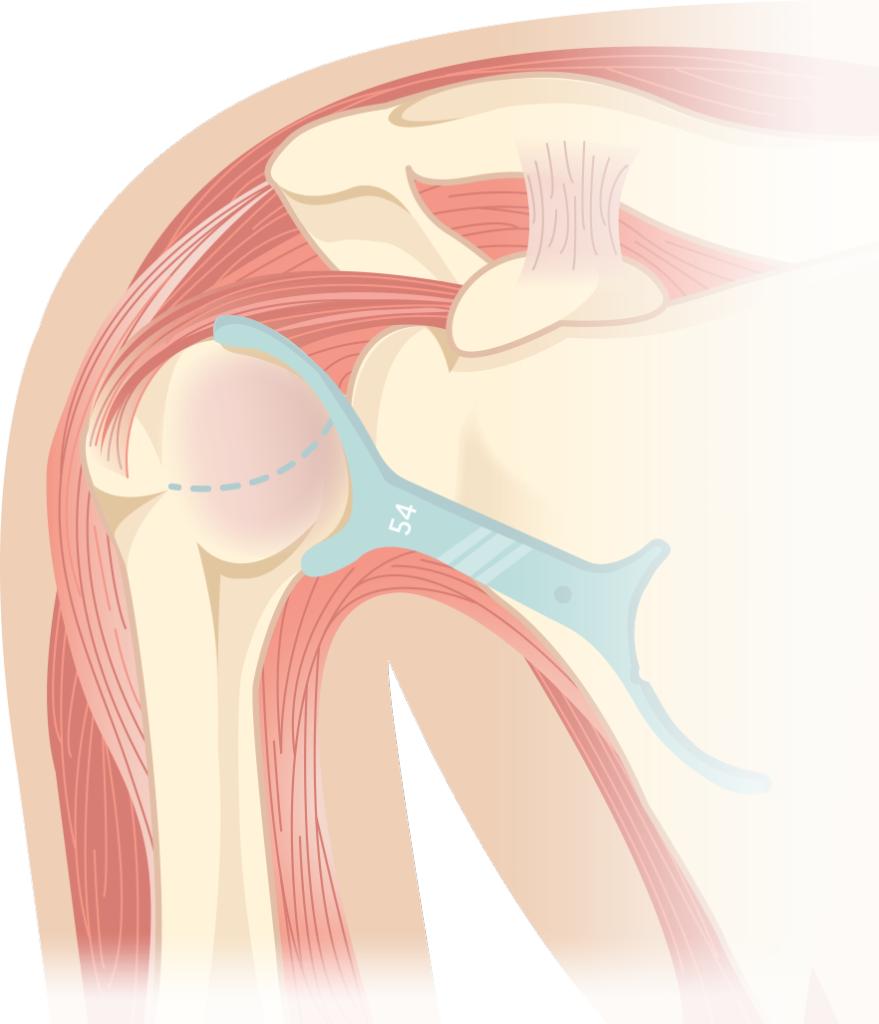 The Shoulder HemiCAP® implant system is comprised of two parts, an articular cap and a fixation component. The two components are connected together via morse taper, with zero reported loosening. The instruments are organized in the order of surgery, proceeding from left to right and top to bottom. The technique varies slightly depending on whether a Classic Shoulder HemiCAP® or the Ovo HemiCAP® implant is selected, however the surgical procedure is essentially the same as all other HemiCAP® techniques. The glenoid is prepared off axis, using a 30⁰ angled guide to place a guide wire. Then, through a series of reaming and trialing, the best fit is determined. Once the socket is reamed to the correct depth, tunnels are drilled for the peg holes and perforations are made in the bone bed to improve cement fixation. The cement is then placed and pressurized using a special silicon finger sleeve and then the implant is seated and impacted into place. Once the glenoid is in place, the humeral head implant is seated/ impacted on the taper post. Closure is then completed. [/toggle] [toggle title_open=”Advantages for the Patient” title_closed=”Advantages for the Patient” hide=”yes” border=”no” style=”default” excerpt_length=”0″ read_more_text=”Read More” read_less_text=”Read Less” include_excerpt_html=”no”]
The Shoulder HemiCAP® implant system is comprised of two parts, an articular cap and a fixation component. The two components are connected together via morse taper, with zero reported loosening. The instruments are organized in the order of surgery, proceeding from left to right and top to bottom. The technique varies slightly depending on whether a Classic Shoulder HemiCAP® or the Ovo HemiCAP® implant is selected, however the surgical procedure is essentially the same as all other HemiCAP® techniques. The glenoid is prepared off axis, using a 30⁰ angled guide to place a guide wire. Then, through a series of reaming and trialing, the best fit is determined. Once the socket is reamed to the correct depth, tunnels are drilled for the peg holes and perforations are made in the bone bed to improve cement fixation. The cement is then placed and pressurized using a special silicon finger sleeve and then the implant is seated and impacted into place. Once the glenoid is in place, the humeral head implant is seated/ impacted on the taper post. Closure is then completed. [/toggle] [toggle title_open=”Advantages for the Patient” title_closed=”Advantages for the Patient” hide=”yes” border=”no” style=”default” excerpt_length=”0″ read_more_text=”Read More” read_less_text=”Read Less” include_excerpt_html=”no”]  HemiCAP® technology was designed so patients can continue working and retain an active lifestyle without compromising future treatments.
HemiCAP® technology was designed so patients can continue working and retain an active lifestyle without compromising future treatments.
- Clinical studies demonstrate positive clinical outcomes
- Patients report pain relief, rapid recovery and a full range of motion
- The procedure may be performed on an outpatient basis
- Allows for preservation of bone and soft tissues
- Maintains existing joint biomechanics, thereby allowing normal motion
- Patients experience a rapid return to activity for both work and exercise
- Less bone removal than a total shoulder replacement

- Intuitive, universal, reproducible procedure across multiple joints
- The anatomic humeral curvatures and inlay glenoid are designed to eliminate overstuffing which can affect range of motion, overloading and glenoid loosening
- Minimally invasive/outpatient procedure can be performed in approximately one hour
- Maintains soft-tissue envelope and native joint mechanics
- The two components are connected together via morse taper, with zero reported loosening
- Preserves skeletal anatomy thereby allowing a future total joint replacement
WHAT’S NEW FROM THE BLOG
[whats-new-patients]
